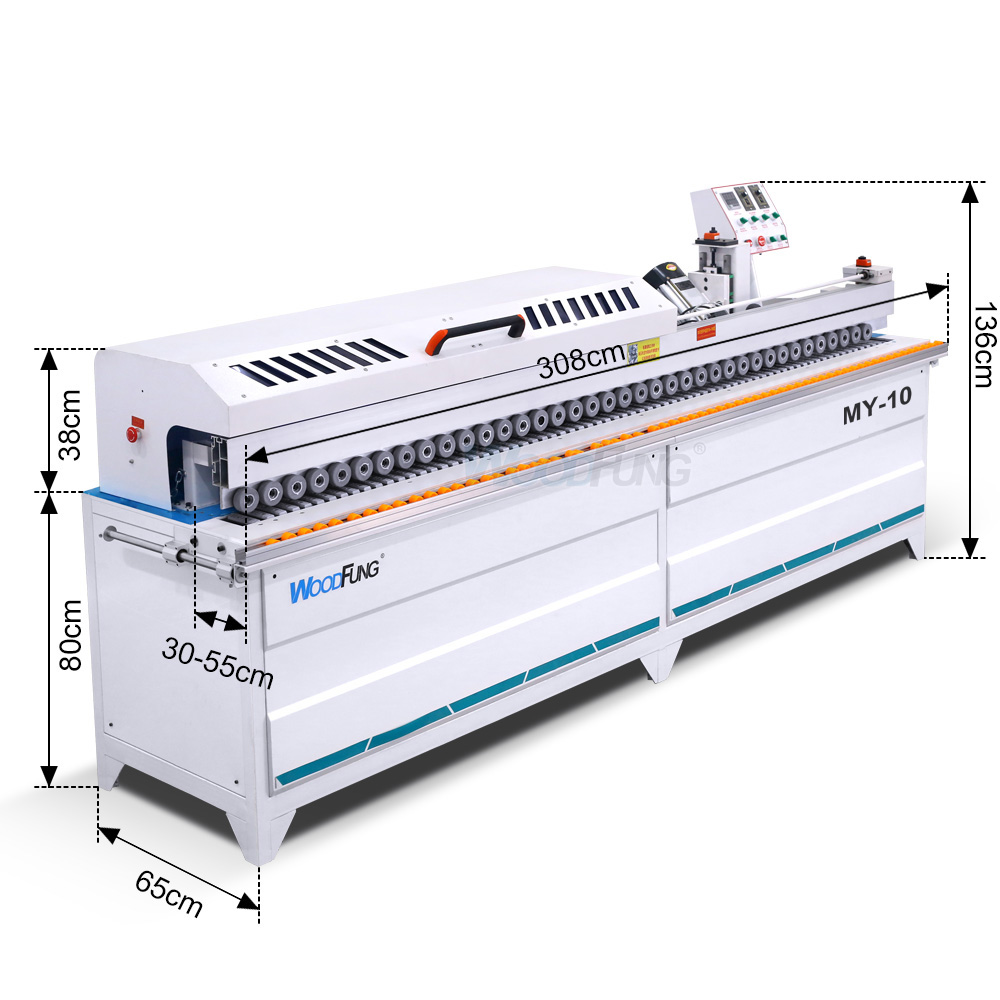
When it comes to choosing an outboard motor for your boat, one of the most important decisions you’ll face is whether to go with a two-stroke or four-stroke engine. Each type has unique advantages and disadvantages that can affect performance, fuel efficiency, maintenance, and cost. Understanding the differences between these two motor types can help you make an informed decision tailored to your boating needs.
Understanding the Two-Stroke Outboard Motor
A two-stroke outboard motor completes a power cycle in just two movements of the piston. This design allows it to produce power with every revolution of the crankshaft, resulting in faster acceleration and higher power output for its size. Two-stroke engines are generally lighter and more compact, making them ideal for smaller boats or situations where weight is a concern.
One key advantage of the two-stroke outboard motor is its simplicity. With fewer moving parts, it’s easier to maintain and typically less expensive to repair. It also tends to start easily and perform well in a variety of conditions, especially in saltwater environments. However, traditional two-stroke engines mix oil with fuel, leading to higher emissions and less fuel efficiency. Modern advancements, such as direct fuel injection (DFI), have helped mitigate these issues, improving efficiency and reducing environmental impact.
Exploring the Four-Stroke Outboard Motor
The four-stroke outboard motor operates similarly to a car engine, completing a power cycle in four piston movements: intake, compression, combustion, and exhaust. This design is generally more fuel-efficient and environmentally friendly than its two-stroke counterpart. Four-stroke engines do not require oil to be mixed with fuel, resulting in cleaner operation and lower emissions.
One of the biggest benefits of a four-stroke outboard motor is its quiet and smooth performance. It provides steady power delivery, which makes it ideal for cruising, trolling, or activities requiring consistent speed. Although four-stroke motors are usually heavier and more complex, requiring more maintenance and costing more upfront, they tend to last longer and have better fuel economy over time. For boaters who prioritize comfort and long-term value, a four-stroke motor is a solid investment.
Performance and Power Comparison
In terms of raw power, two-stroke outboard motors often have the edge because of their ability to generate more power per engine cycle. This makes them the preferred choice for high-speed boating or racing. On the other hand, four-stroke motors offer more consistent torque, which is advantageous for towing, cruising, and fishing.
When acceleration and responsiveness are a priority, many boaters favor the two-stroke design. However, advancements in four-stroke technology have closed the gap considerably, with newer models offering impressive throttle response and power-to-weight ratios.
Fuel Efficiency and Environmental Impact
Fuel efficiency is a major consideration for anyone purchasing an outboard motor. Four-stroke motors generally burn less fuel because of their more efficient combustion process. They also emit fewer pollutants, making them compliant with stricter environmental regulations.
Two-stroke engines, particularly older models, can be less efficient and more polluting. However, newer two-stroke models with direct fuel injection technology have significantly improved, offering competitive fuel economy and lower emissions. Still, if reducing your carbon footprint and operating costs are top priorities, a four-stroke outboard motor may be the better option.
Maintenance and Durability
Maintenance needs vary between the two types of motors. Two-stroke outboard motors have fewer components, which often means less that can go wrong and lower repair costs. However, they require more frequent attention to spark plugs, fuel filters, and regular oil mixing.
Four-stroke motors, while more mechanically complex, usually require less frequent servicing. Oil changes, valve adjustments, and filter replacements are standard maintenance tasks, but these engines are designed for longevity. With proper care, a four-stroke outboard motor can outlast a two-stroke and deliver years of reliable performance.
Cost Considerations
Upfront cost is another critical factor. Two-stroke outboard motors typically come with a lower initial price tag, which can be attractive for budget-conscious buyers. They are also easier to find on the used market and generally cheaper to repair.
However, the long-term cost of ownership should not be overlooked. Four-stroke motors may cost more at the start, but their superior fuel efficiency and durability often lead to lower operating expenses over time. If you plan on extensive use, a four-stroke motor might prove to be the more economical choice in the long run.
Choosing the Right Outboard Motor for Your Needs
The ideal outboard motor depends largely on how you use your boat. If you need speed, portability, and a lower upfront investment, a modern two-stroke motor might suit your needs perfectly. For those who prefer quiet operation, fuel efficiency, and long-term reliability, a four-stroke engine is likely the better choice.
Also, consider local regulations and environmental laws, as some lakes and marine areas restrict or prohibit older two-stroke motors due to emissions. In such cases, a newer four-stroke or advanced two-stroke with clean-burning technology would be necessary.
Final Thoughts
Choosing between a two-stroke and four-stroke outboard motor requires balancing performance, maintenance, cost, and environmental factors. While both types have their strengths, the right choice depends on your specific boating habits and long-term goals. By evaluating the differences carefully, you can select an outboard motor that offers the best combination of power, efficiency, and reliability for your time on the water.


